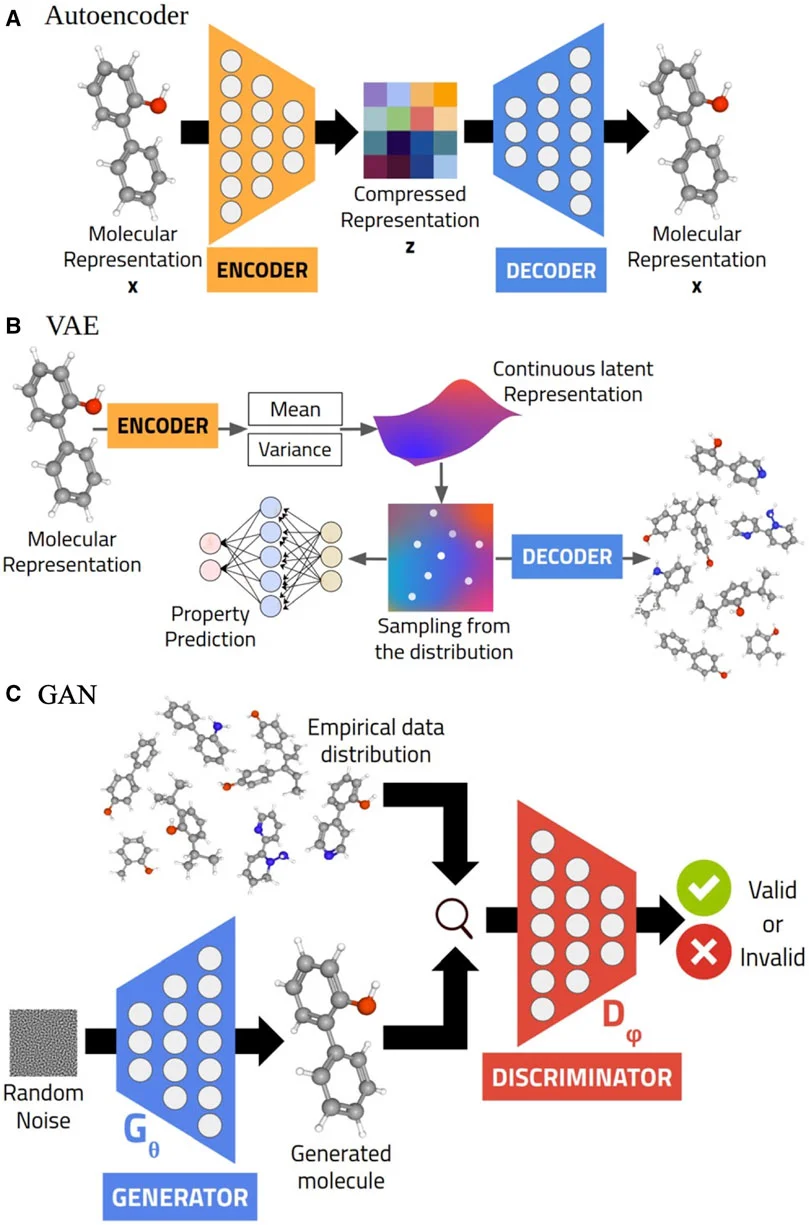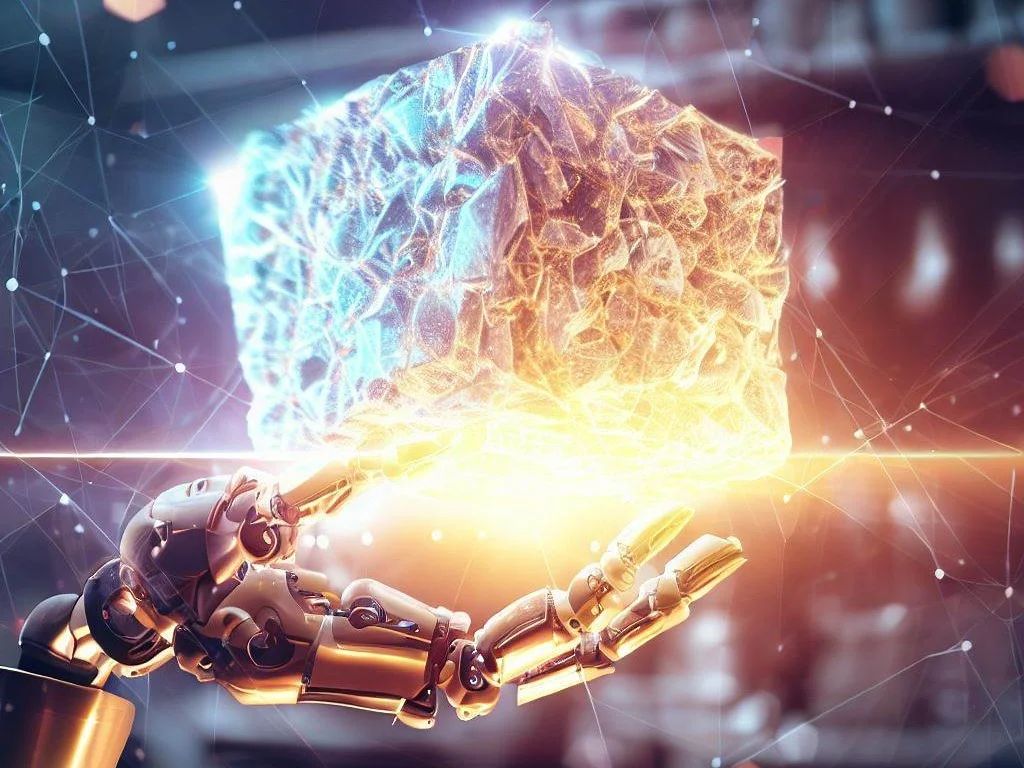Introduction to generative AI models in Materials Science
Generative AI models are shaking up the world of Materials Science. This type of Artificial Intelligence technology is changing the game for researchers and scientists, and it’s important to understand why.
First, let’s take a step back and think about what we mean by generative AI models. Simply put, these models are designed to create new things. They’re like artists, in a way. They take inspiration from what’s around them, but they come up with something totally new and unique.
Creating new materials with generative AI models
In the world of Materials Science, generative AI models are being used to create new materials. Researchers feed the models data about existing materials and their properties. The models then use this information to create something totally new – a material that doesn’t exist yet. This is where the excitement comes in. With generative AI models, researchers have the power to design materials with specific properties and behaviors. They can create materials that are stronger, lighter, more durable, or more eco-friendly, for example.
You might be wondering why all of this is important. Materials Science is a field that is constantly evolving. Scientists are always searching for new materials to use in their work. But this can be a time-consuming and difficult process. Generative AI models make it easier. By using these models, researchers can create new materials much more quickly and efficiently.
And that’s not all. By using generative AI models, researchers can create materials that they might never have thought of before. These models can identify patterns and relationships between different materials and their properties that humans might miss. This means that they can come up with new materials that have never been seen before, with properties that are truly unique.
Examples of popular generative models for inorganic materials

Some popular AI models used for the generation of inorganic materials include:
- CrystalGAN (Nouira et al., 2018). The authors developed novel, stable hydrides for hydrogen storage using a generative adversarial network (GAN) model.
- ICSG3D (Court et al., 2020). This architecture consists of an autoencoder (this model can generate new materials) and a predictive model (it evaluates the properties of the novel materials). In the original work, the authors considered eight material properties to create novel materials from three separate material classes: binary alloys, ternary perovskites, and Heusler compounds.
- CCDCGAN (Long et al., 2021). With the combination of a predictive model, two autoencoders and a GAN, the authors generated novel materials in the Bi-Se binary system. In a second work (Long et al., 2022), the number of autoencoders was increased, which led them to generate novel multicomponent materials, avoiding the binary system limitation.
So, if you want to understand the importance of generative AI models in Materials Science, just think about the possibilities. Think about all the new materials that could be created, all the products that could be made with these new materials, and all the positive impacts this could have on our world. It’s a truly exciting time for the field of Materials Science, and generative AI models are at the forefront of this revolution.


